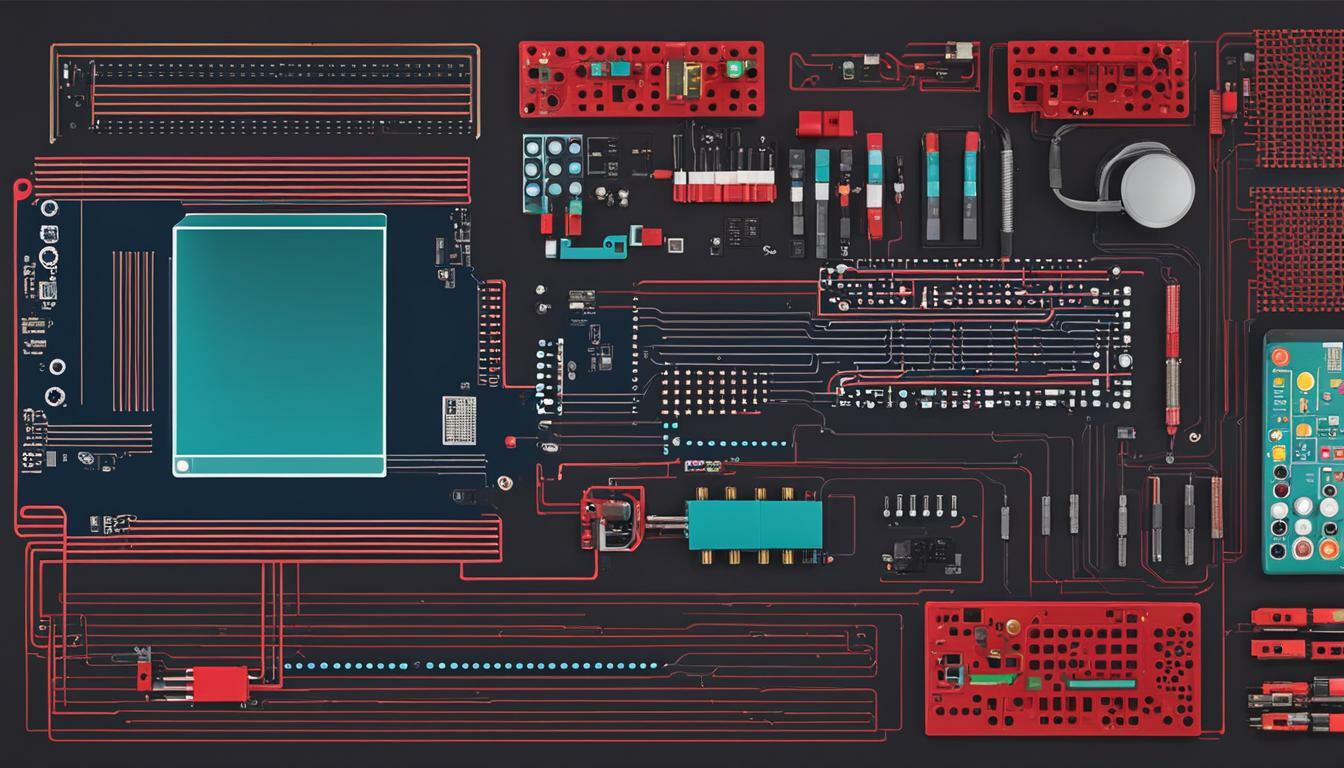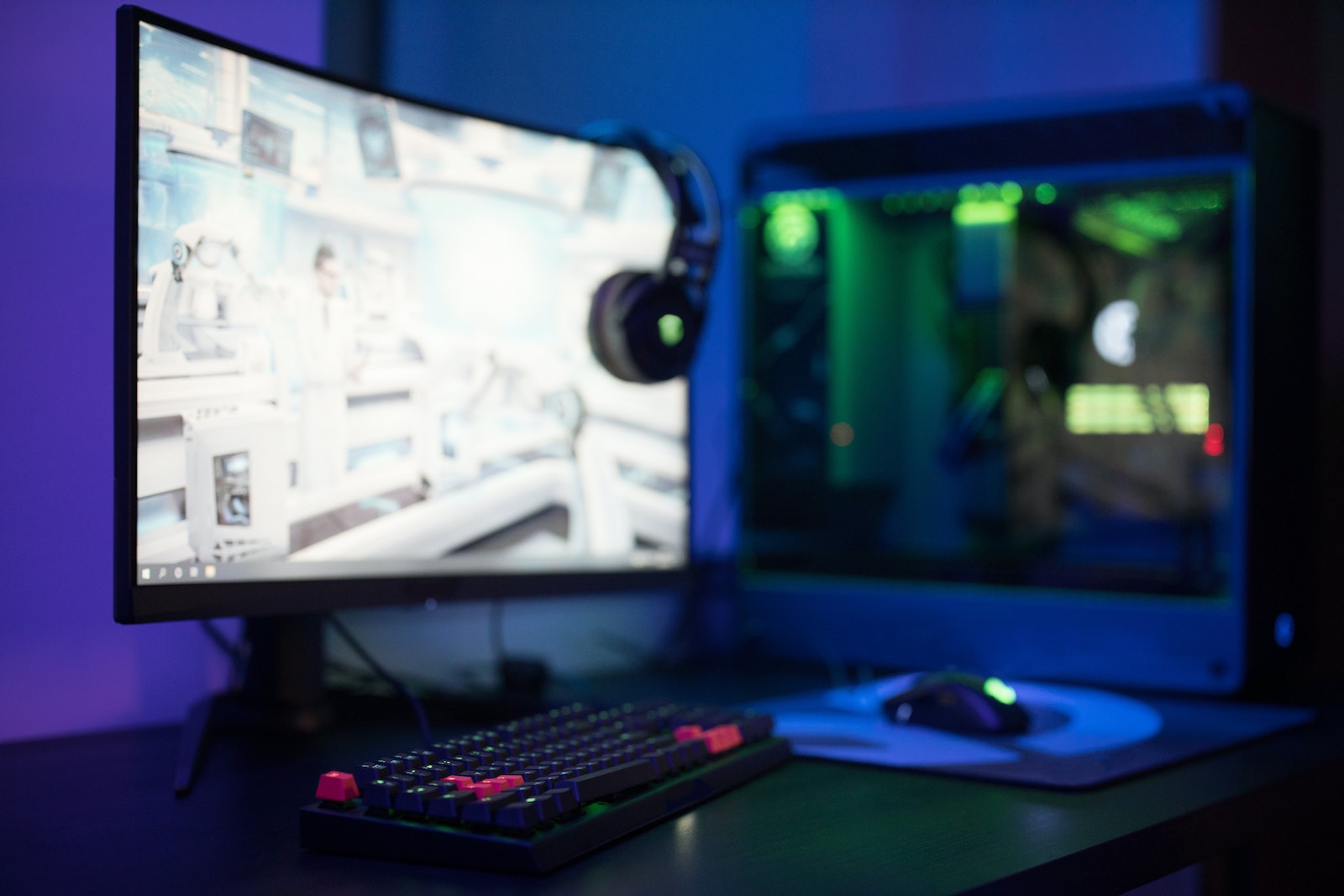Arduino and Raspberry Pi are two popular microcontroller platforms that are widely used in the world of electronics and programming. While both platforms share some similarities, there are also some key differences that set them apart from each other. In this article, we will explore the differences between Arduino and Raspberry Pi, their functionalities, and use cases to help you decide which platform is right for your project.
Key Takeaways
- Arduino and Raspberry Pi are two popular microcontroller platforms.
- Arduino excels in controlling physical devices and sensors, while Raspberry Pi offers more computational power and can run full operating systems.
- The choice between Arduino and Raspberry Pi largely depends on the specific needs of your project.
What is an Arduino?
Arduino is an open-source microcontroller platform designed for building electronics projects. It consists of a single-board microcontroller, a development environment for programming the board, and a community-driven support system.
The Arduino board is the heart of the platform and comes in various sizes and shapes. It is equipped with input/output pins that can be programmed to interact with other electronic components such as sensors, lights, and motors. There are also numerous shields available that can be connected to the board for additional functionality.
The Arduino platform is popular among hobbyists and professionals alike for its ease of use and versatility. With its vast library of pre-built code and an active community, it is an excellent choice for anyone wanting to get started with electronics or building advanced projects.
Arduino Board
The Arduino board is the main component of the platform and is available in various models with different specifications. The most popular board is the Arduino Uno, which has 14 digital input/output pins, six analog inputs, and a micro USB port for programming and communication. Other boards, such as the Arduino Due, offer more advanced features such as a faster processor and more memory.
Arduino Projects
The Arduino platform can be used to build a vast range of projects, from simple blinking LED lights to complex robots and home automation systems. With its vast user community, there are numerous project ideas and guides available online.
Some popular Arduino projects include:
- Automatic plant watering system
- Smart home automation system
- DIY game console
- Robotic arm
Arduino Programming
The Arduino platform uses a simplified programming language based on C++ called Arduino programming language. The Arduino development environment, also known as the Arduino IDE, can be used to write and upload code to the board.
Some popular programming features of the Arduino platform include:
- Easy-to-learn syntax
- Extensive library of pre-built code
- Community-driven support system
With the above features, even beginners can quickly start writing code for their Arduino projects.
What is a Raspberry Pi?
The Raspberry Pi is a credit card-sized computer that can be used for a variety of projects. The board was designed to be affordable and accessible, making it an excellent choice for beginners and professionals alike.
The Raspberry Pi board is equipped with several hardware components, including a processor, memory, USB ports, Ethernet port, HDMI output, and a microSD card slot. These features make it a versatile platform capable of running a variety of applications and software.
One of the most significant advantages of Raspberry Pi is its ability to run full-blown operating systems such as Linux and Windows. This feature enables developers to build complex projects that require more computational power than what is possible with Arduino.
Additionally, Raspberry Pi is ideal for projects that require connectivity and networking capabilities. With its built-in Ethernet port and Wi-Fi connectivity option, it is possible to create networked applications such as media centers, home servers, and more.
| Raspberry Pi Board Specifications | |
|---|---|
| Processor | Broadcom BCM2837B0, Cortex-A53 (ARMv8) 64-bit SoC @ 1.4GHz |
| RAM | 1GB, 2GB, or 4GB LPDDR2 SDRAM (depending on model) |
| Ports | 2 USB 3.0 ports, 2 USB 2.0 ports, 40-pin GPIO header, HDMI output, Ethernet port, 3.5mm audio jack |
| OS | Raspbian, Ubuntu, Windows 10 IoT Core, and more |
When it comes to programming Raspberry Pi, developers have several options. The most popular programming languages used for Raspberry Pi development include Python, C++, and Java.
Finally, Raspberry Pi is perfect for projects that require a graphical user interface (GUI). With its HDMI output and graphics processing capabilities, it is possible to create applications with a graphical interface that can interact with the user.
Overall, Raspberry Pi is an excellent platform for developers looking to build complex projects that require more computational power and connectivity features.
Functionality Comparison
While both Arduino and Raspberry Pi can be used for a variety of projects, they differ in functionality. Arduino is ideal for controlling physical devices and sensors, whereas Raspberry Pi provides more computational power and can run full operating systems.
| Arduino | Raspberry Pi |
|---|---|
| Low power consumption | High power consumption |
| Simple programming language | Complex programming language |
| Works best for simple projects | Great for complex projects |
| Not capable of running full operating systems | Capable of running full operating systems |
For projects that require precise control of physical devices and sensors, Arduino is the preferred choice. However, for projects that require more computational power or the ability to run full operating systems, Raspberry Pi is the better option.
It’s important to consider your project requirements when choosing between Arduino and Raspberry Pi, as each platform offers unique functionalities.
Use Cases
When it comes to choosing between Arduino and Raspberry Pi, it’s important to consider the specific use case and project requirements. Here are a few scenarios where each platform excels:
Arduino
If you’re a beginner or interested in building simple DIY projects, then Arduino is the way to go. Arduino’s strength lies in its ability to interact with physical devices and sensors. Here are a few examples of Arduino projects for beginners:
- Home automation systems
- Weather stations
- Robotics and automation
- Simple games and puzzles
Arduino is also a popular choice for IoT applications, where it can be used to collect data from sensors and control actuators. With its simple programming language, it’s easy for beginners to get started with Arduino programming.
Raspberry Pi
For more advanced projects that require computational power and full operating system capabilities, Raspberry Pi is the better choice. Raspberry Pi is ideal for media centers and home servers, and is a popular choice for hobbyists, educators, and businesses. Here are a few examples of Raspberry Pi projects:
- Desktop computers and laptops
- Smart home automation systems
- Media centers and game consoles
- Home servers for file sharing and backup
Raspberry Pi also offers a wide range of programming languages, making it a great choice for advanced programming projects and machine learning applications.
Ultimately, the choice between Arduino and Raspberry Pi depends on the project requirements and individual preferences. Beginners should start with Arduino for simple DIY projects, while advanced users can opt for Raspberry Pi for more complex applications.
Conclusion
In conclusion, understanding the difference between Arduino and Raspberry Pi is essential for anyone looking to start working with microcontroller platforms. While Arduino excels in controlling physical devices and sensors, Raspberry Pi provides more computational power and runs full operating systems.
Based on the project requirements, beginners can choose between the two platforms. For home automation, robotics, and IoT applications, Arduino is the preferred choice. On the other hand, Raspberry Pi is ideal for media centers, home servers, and tasks requiring more computing power.
Overall, both Arduino and Raspberry Pi are powerful tools for makers and developers, offering a wide range of functionalities with endless possibilities. So, whether you choose Arduino or Raspberry Pi, it’s time to start exploring and building amazing projects!
FAQ
Q: What is the difference between Arduino and Raspberry Pi?
A: Arduino is a microcontroller platform that is designed for controlling physical devices and sensors, while Raspberry Pi is a single-board computer that offers more computational power and can run full operating systems.
Q: What is Arduino?
A: Arduino is a popular microcontroller platform that consists of a programmable board with various hardware specifications. It is commonly used for building interactive projects and prototypes, and it can be programmed using languages such as C++ and Wiring.
Q: What is Raspberry Pi?
A: Raspberry Pi is a credit-card-sized single-board computer that is capable of running full operating systems. It is known for its versatility and is often used for projects such as media centers, home servers, and IoT applications. Raspberry Pi supports programming languages like Python and C++.
Q: How do Arduino and Raspberry Pi differ in terms of functionality?
A: Arduino excels in controlling physical devices and sensors, making it ideal for projects that require interaction with the physical world. On the other hand, Raspberry Pi offers more computational power and can run full operating systems, making it suitable for projects that require advanced computing capabilities.
Q: What are some typical use cases for Arduino and Raspberry Pi?
A: Arduino is commonly used in scenarios such as home automation, robotics, and IoT applications where physical interaction is necessary. Raspberry Pi is well-suited for projects like media centers and home servers that require more computational power and the ability to run full operating systems.
 Skip to main content
Skip to main content


